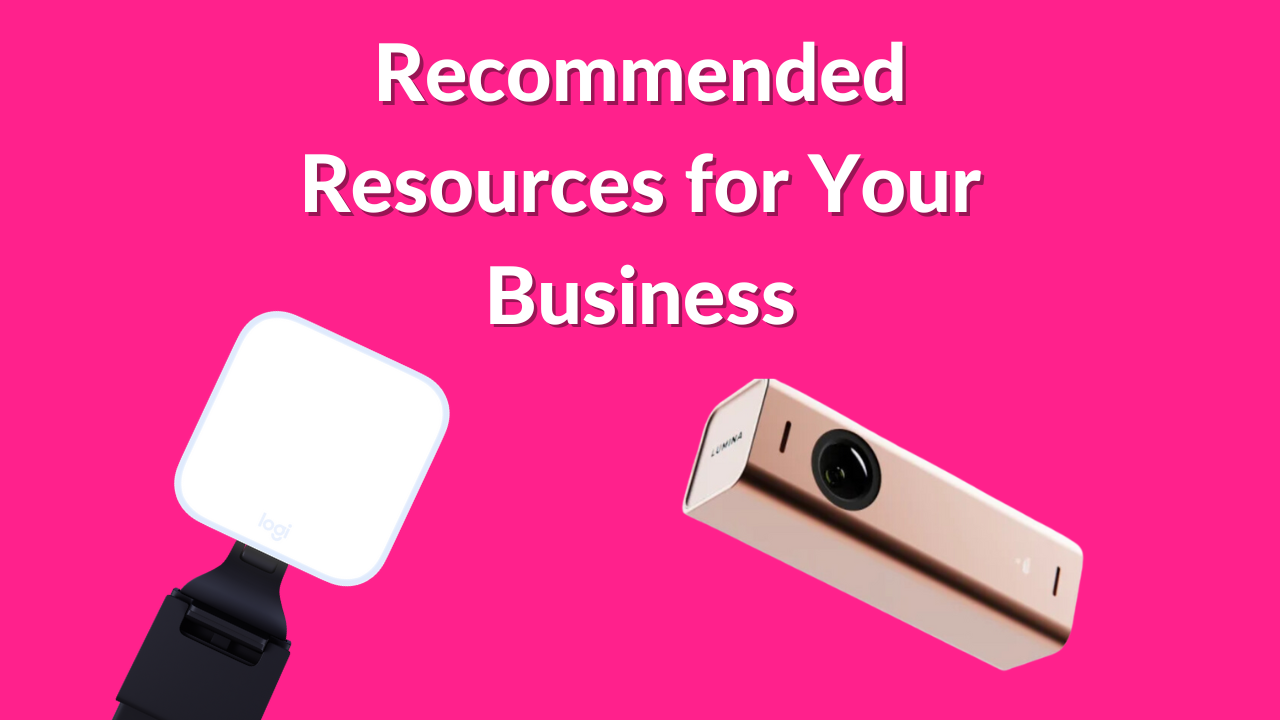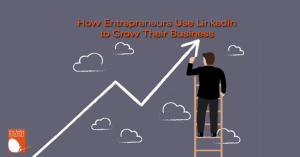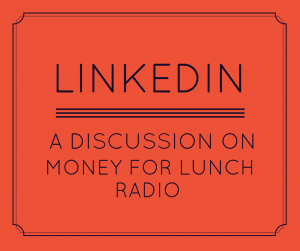LinkedIn is a powerful networking tool for business professionals. It is the preferred network for many people because the rules of engagement are more rigid and professional. No one is going to send you a mafia wars invite, nor will anyone post any weird photos from your youth. It’s just business.
While the rules (both formal and informal) of connecting on LinkedIn are what makes this site so useful for many of us, it also has its pitfall for those who don’t understand the nuances.
For example, when someone sends you an invitation to connect on LinkedIn you have three options: accept the invitation, archive it or “I don’t know this person”. What happens if you accept is obvious. If you archive it, the invitation just disappears into the ether – no real consequences for either party.
However, what many people new to LinkedIn may not realize is, there can be serious consequences for the inviter if you choose the “I don’t know this person” (IDK) option. You see, LinkedIn takes their rules very seriously. They know many members of LinkedIn use it as their primary social media site exactly because of these rules. They work hard to enforce these rules so the culture remains consistent.
So what happens when you click IDK on someone’s invitation to connect? LinkedIn tracks those. When a person hits five IDKs, their account is suspended until they get a verbal hand slap from the LinkedIn police. After promising never to do it again, most users have their account reinstated.
Why should you care?
Let me tell you a story one of my LinkedIn connections shared.
Rich Fiene, a marketing manager from Minneapolis-St. Paul, met someone at a networking event. A few months after the event he invited her to connect on LinkedIn. His plan was to ask her to quote on some work after they were connected.
“She IDK’d me which put me at five and sent me to LinkedIn jail,” he wrote. “After the fact I sent her a note reminding her again about where we met and included that I was going to get a quote for her services. Of course she was more than willing to provide me with a bid and wanted to connect! I told her I went with another connection and explained to her had she archived my invite I would have still let her bid but since she IDK’d I wasn’t interested in her service.”
Understand the Rules
For me this is a great story about why you should be an open networker on LinkedIn. Even if you don’t know someone (or have forgotten), you never know how they’re going to be of value to you. By refusing to connect, this woman missed out on a chance to bid and perhaps get work.
This story also illustrates why you need to understand the rules of the road before getting in your virtual car and driving through the world of online networking. If you get it wrong, you can inadvertently shoot yourself in the foot. (My apologies for the mixed metaphor).
It makes me wonder, why this woman going to networking meetings and on LinkedIn if she doesn’t want to connect with new people and doesn’t remember people she meets. Hey, I’m a baby boomer and I can tell you my memory ain’t what it was. But when I get an invitation, I’d certainly check my business card collection to see if we’d met. If all else fails, I would reply to the request asking how we knew each other before hitting IDK.
Being an optimist, I prefer to think this woman didn’t understand the consequences of hitting IDK. However she clearly lost out in this case.
My advice:
Never hit the IDK button on any LinkedIn invitation you get. If you truly don’t want a connection, archive it. Use the IDK as a last resort for dealing with stalkers, spammers and all-round dirty players.
However, I also urge you to think twice about even hitting the archive link. You never know when accepting an invitation will be the first step towards a lucrative new customer.
Andrea J. Stenberg
Do you have a story about accepting or declining invitations on LinkedIn, or another social media site? Please leave a comment and share your thoughts.






